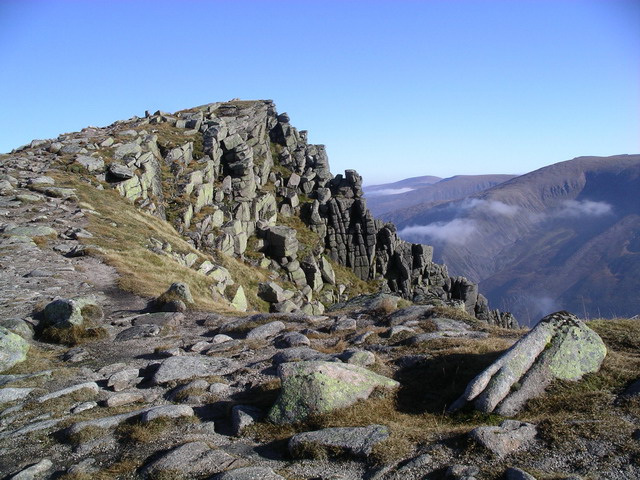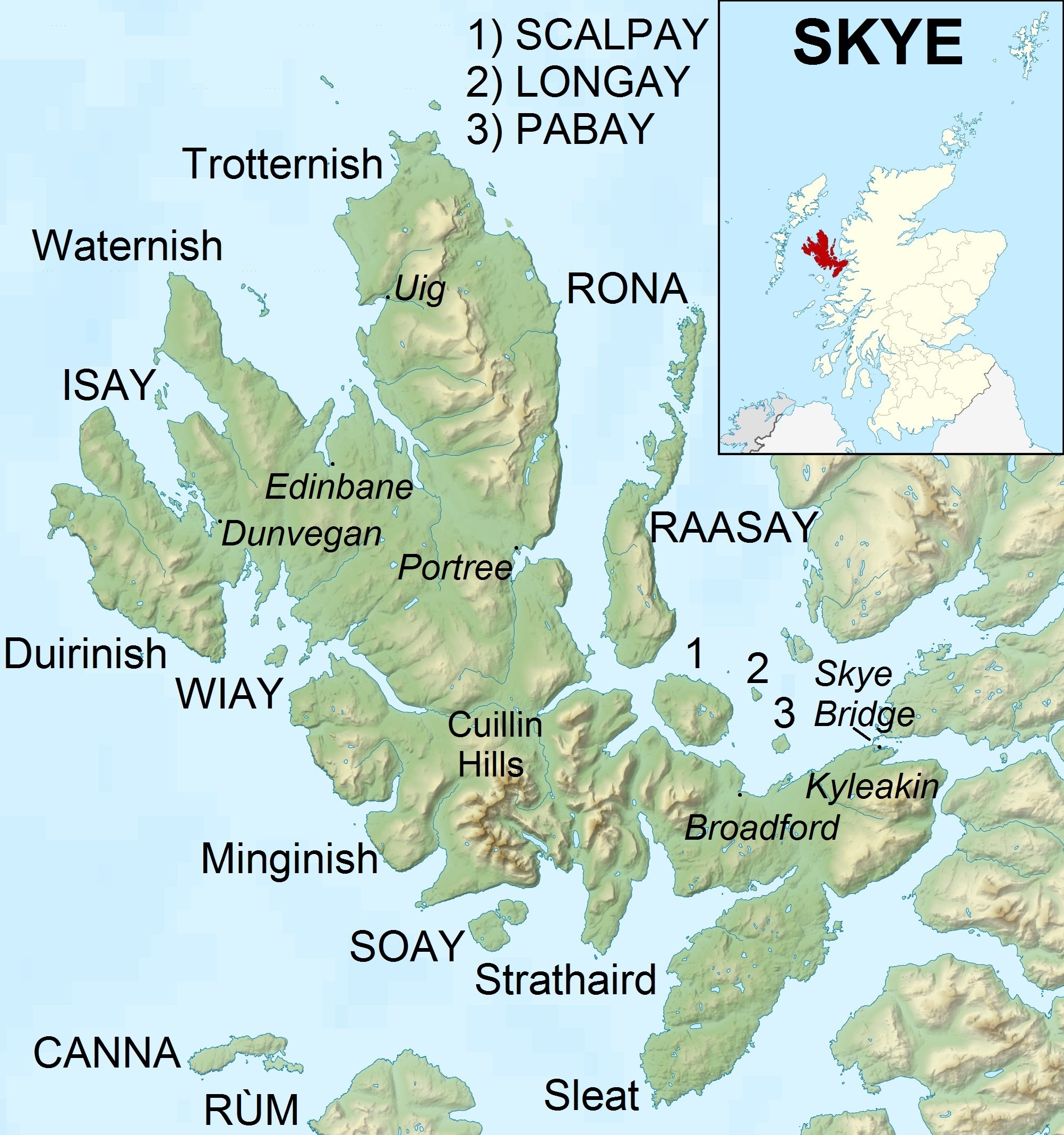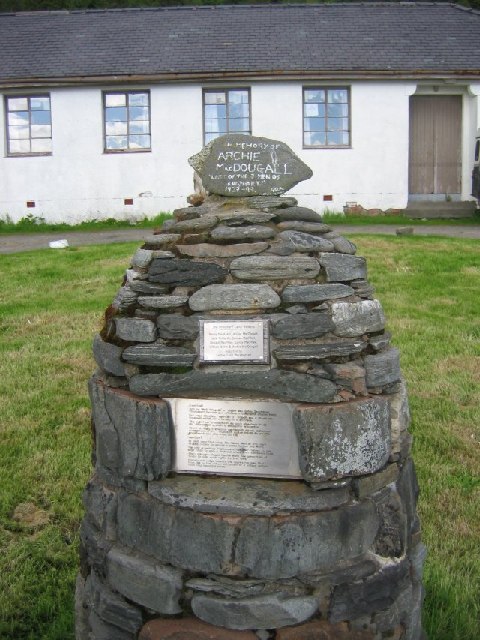|
Wilderness Scotland
Wilderness Scotland is a tour operator specialising in active and nature based travel throughout Scotland, Ireland and North of England. History Wilderness Scotland was started in September 2001 by Neil Birnie, Paul Easto and Gordon Birnie, and they were later joined by Stevie Christie. There are now 36 core staff and over 50 guides. The guides are all qualified through the National Governing Body relevant to their skills e.g. - Scottish Mountain Leader Association. Wilderness Scotland's first ever trip visited Knoydart in 2001. Sustainable tourism Wilderness Scotland is dedicated to sustainable tourism which is environmentally, culturally and socially responsible (ecotourism) for small groups only. The company operates to strict environmental standards and is committed to supporting the local economies in which it operates. It holds the Green Tourism Gold Award. It was awarded second place in the 2008 Guardian Ethical Travel Award. It was winner of the Best Green Tour Ope ... [...More Info...] [...Related Items...] OR: [Wikipedia] [Google] [Baidu] |
Aviemore
Aviemore (; gd, An Aghaidh Mhòr ) is a town and tourist resort, situated within the Cairngorms National Park in the Highlands of Scotland. It is in the Badenoch and Strathspey committee area, within the Highland council area. The town is popular for skiing and other winter sports, and for hill-walking in the Cairngorm Mountains. Etymology ''Aviemore'' represents the Gaelic form ''An Aghaidh Mhòr''. ''Aghaidh'' may be Pictish and involve an element equivalent to Welsh ''ag'' meaning "cleft". History The area was inhabited in the Bronze Age already, and three clava cairns remain. Prior to 1790, Aviemore was in an exclave of the county of Moray and from 1890 to 1975 it was in the county of Inverness-shire, until the later date being within the Civil Parish of Duthil and Rothiemurchus. The village began to grow as a result of it becoming a railway junction in 1898, following which the Highland Railway became a major employer constructing housing for its staff and the Av ... [...More Info...] [...Related Items...] OR: [Wikipedia] [Google] [Baidu] |
Cairngorms
The Cairngorms ( gd, Am Monadh Ruadh) are a mountain range in the eastern Highlands of Scotland closely associated with the mountain Cairn Gorm. The Cairngorms became part of Scotland's second national park (the Cairngorms National Park) on 1 September 2003. Although the Cairngorms give their name to, and are at the heart of, the Cairngorms National Park, they only form one part of the national park, alongside other hill ranges such as the Angus Glens and the Monadhliath, and lower areas like Strathspey. The Cairngorms consists of high plateaux at about above sea level, above which domed summits (the eroded stumps of once much higher mountains ) rise to around . Many of the summits have tors, free-standing rock outcrops that stand on top of the boulder-strewn landscape. In places, the edges of the plateau form steep cliffs of granite and they are excellent for skiing, rock climbing and ice climbing. The Cairngorms form an arctic-alpine mountain environment, with tundra- ... [...More Info...] [...Related Items...] OR: [Wikipedia] [Google] [Baidu] |
Charitable Organization
A charitable organization or charity is an organization whose primary objectives are philanthropy and social well-being (e.g. educational, religious or other activities serving the public interest or common good). The legal definition of a charitable organization (and of charity) varies between countries and in some instances regions of the country. The regulation, the tax treatment, and the way in which charity law affects charitable organizations also vary. Charitable organizations may not use any of their funds to profit individual persons or entities. (However, some charitable organizations have come under scrutiny for spending a disproportionate amount of their income to pay the salaries of their leadership). Financial figures (e.g. tax refund, revenue from fundraising, revenue from sale of goods and services or revenue from investment) are indicators to assess the financial sustainability of a charity, especially to charity evaluators. This information can impact a ... [...More Info...] [...Related Items...] OR: [Wikipedia] [Google] [Baidu] |
Trees For Life (Scotland)
Trees for Life is a registered charity working to rewild the Scottish Highlands. The Caledonian Forest once covered a large area of the Highlands of Scotland as extensive stands of majestic Scots pine, interspersed with birch, rowan, juniper and aspen trees, but is now reduced to about 2% of its former extent. Through planting native species of trees, removing non-native species and fencing seedlings to protect them from overgrazing by deer and sheep, Trees for Life aims to help the natural regeneration of the forest. Its long-term goal is to create a fully restored, healthy ecosystem, with the reintroduction of missing species of wildlife, such as the beaver, wild boar, lynx and wolf. The vast majority of its work is carried out by volunteers. By engaging people from diverse backgrounds, it aims to achieve a powerful and educational experience that will promote the work of restoration to wider audiences and lead to increased support for the return of the forest and its species ... [...More Info...] [...Related Items...] OR: [Wikipedia] [Google] [Baidu] |
Shetland
Shetland, also called the Shetland Islands and formerly Zetland, is a subarctic archipelago in Scotland lying between Orkney, the Faroe Islands and Norway. It is the northernmost region of the United Kingdom. The islands lie about to the northeast of Orkney, from mainland Scotland and west of Norway. They form part of the border between the Atlantic Ocean to the west and the North Sea to the east. Their total area is ,Shetland Islands Council (2012) p. 4 and the population totalled 22,920 in 2019. The islands comprise the Shetland constituency of the Scottish Parliament. The local authority, the Shetland Islands Council, is one of the 32 council areas of Scotland. The islands' administrative centre and only burgh is Lerwick, which has been the capital of Shetland since 1708, before which time the capital was Scalloway. The archipelago has an oceanic climate, complex geology, rugged coastline, and many low, rolling hills. The largest island, known as " the Mainland", ... [...More Info...] [...Related Items...] OR: [Wikipedia] [Google] [Baidu] |
Orkney
Orkney (; sco, Orkney; on, Orkneyjar; nrn, Orknøjar), also known as the Orkney Islands, is an archipelago in the Northern Isles of Scotland, situated off the north coast of the island of Great Britain. Orkney is 10 miles (16 km) north of the coast of Caithness and has about 70 islands, of which 20 are inhabited. The largest island, the Mainland, has an area of , making it the sixth-largest Scottish island and the tenth-largest island in the British Isles. Orkney’s largest settlement, and also its administrative centre, is Kirkwall. Orkney is one of the 32 council areas of Scotland, as well as a constituency of the Scottish Parliament, a lieutenancy area, and an historic county. The local council is Orkney Islands Council, one of only three councils in Scotland with a majority of elected members who are independents. The islands have been inhabited for at least years, originally occupied by Mesolithic and Neolithic tribes and then by the Picts. Orkney wa ... [...More Info...] [...Related Items...] OR: [Wikipedia] [Google] [Baidu] |
Outer Hebrides
The Outer Hebrides () or Western Isles ( gd, Na h-Eileanan Siar or or ("islands of the strangers"); sco, Waster Isles), sometimes known as the Long Isle/Long Island ( gd, An t-Eilean Fada, links=no), is an island chain off the west coast of mainland Scotland. The islands are geographically coextensive with , one of the 32 unitary council areas of Scotland. They form part of the archipelago of the Hebrides, separated from the Scottish mainland and from the Inner Hebrides by the waters of the Minch, the Little Minch, and the Sea of the Hebrides. Scottish Gaelic is the predominant spoken language, although in a few areas English speakers form a majority. Most of the islands have a bedrock formed from ancient metamorphic rocks, and the climate is mild and oceanic. The 15 inhabited islands have a total population of and there are more than 50 substantial uninhabited islands. The distance from Barra Head to the Butt of Lewis is roughly . There are various important pr ... [...More Info...] [...Related Items...] OR: [Wikipedia] [Google] [Baidu] |
Skye
The Isle of Skye, or simply Skye (; gd, An t-Eilean Sgitheanach or ; sco, Isle o Skye), is the largest and northernmost of the major islands in the Inner Hebrides of Scotland. The island's peninsulas radiate from a mountainous hub dominated by the Cuillin, the rocky slopes of which provide some of the most dramatic mountain scenery in the country. Slesser (1981) p. 19. Although has been suggested to describe a winged shape, no definitive agreement exists as to the name's origins. The island has been occupied since the Mesolithic period, and over its history has been occupied at various times by Celtic tribes including the Picts and the Gaels, Scandinavian Vikings, and most notably the powerful integrated Norse-Gaels clans of MacLeod and MacDonald. The island was considered to be under Norwegian suzerainty until the 1266 Treaty of Perth, which transferred control over to Scotland. The 18th-century Jacobite risings led to the breaking-up of the clan system and later c ... [...More Info...] [...Related Items...] OR: [Wikipedia] [Google] [Baidu] |
Torridon
Torridon (Scottish Gaelic: ''Toirbheartan'') is a small village in the Northwest Highlands of Scotland. However the name is also applied to the area surrounding the village, particularly the Torridon Hills, mountains to the north of Glen Torridon. It lies on the shore of Loch Torridon. Location Torridon is on the west coast of Scotland, north of Fort William and west of Inverness. Situated in an area well known to climbers, photographers, wildlife enthusiasts, hikers, and countless visitors from around the world, the surrounding mountains rise steeply to from the deep sea lochs. There is a large hotel, The Torridon, which holds 3 AA Rosettes as well as 5 red stars and is a leading hotel in the UK, a popular public bar (Bo & Muc), and a youth hostel within walking distance. The Torridon area is widely acknowledged as having some of the most dramatic mountain scenery in the whole of the British Isles. Notable residents * From 1925 until 1931 John McQueen Johnston served ... [...More Info...] [...Related Items...] OR: [Wikipedia] [Google] [Baidu] |
Knoydart
Knoydart (Scottish Gaelic: ''Cnòideart'') is a peninsula in Lochaber, Highland, on the west coast of Scotland. Knoydart is sandwiched between Lochs Nevis and Hourn — often translated as "Loch Heaven" (from the Gaelic ''Loch Néimh'') and "Loch Hell" (Gaelic: ''Loch Iutharn'') respectively, although the somewhat poetic nature of these derivations is disputed. Forming the northern part of what is traditionally known as ''na Garbh-Chrìochan'' or "the Rough Bounds", because of its harsh terrain and remoteness, Knoydart is also referred to as "Britain's last wilderness". It is only accessible by boat, or by a 16-mile (26 km) walk through rough country, and the seven miles (11 km) of tarred road are not connected to the UK road system. Knoydart is designated as one of the forty national scenic areas in Scotland, which are defined so as to identify areas of exceptional scenery and to ensure their protection from inappropriate development. The designated area covers ... [...More Info...] [...Related Items...] OR: [Wikipedia] [Google] [Baidu] |
Scotland
Scotland (, ) is a country that is part of the United Kingdom. Covering the northern third of the island of Great Britain, mainland Scotland has a border with England to the southeast and is otherwise surrounded by the Atlantic Ocean to the north and west, the North Sea to the northeast and east, and the Irish Sea to the south. It also contains more than 790 islands, principally in the archipelagos of the Hebrides and the Northern Isles. Most of the population, including the capital Edinburgh, is concentrated in the Central Belt—the plain between the Scottish Highlands and the Southern Uplands—in the Scottish Lowlands. Scotland is divided into 32 administrative subdivisions or local authorities, known as council areas. Glasgow City is the largest council area in terms of population, with Highland being the largest in terms of area. Limited self-governing power, covering matters such as education, social services and roads and transportation, is devolved from the ... [...More Info...] [...Related Items...] OR: [Wikipedia] [Google] [Baidu] |







